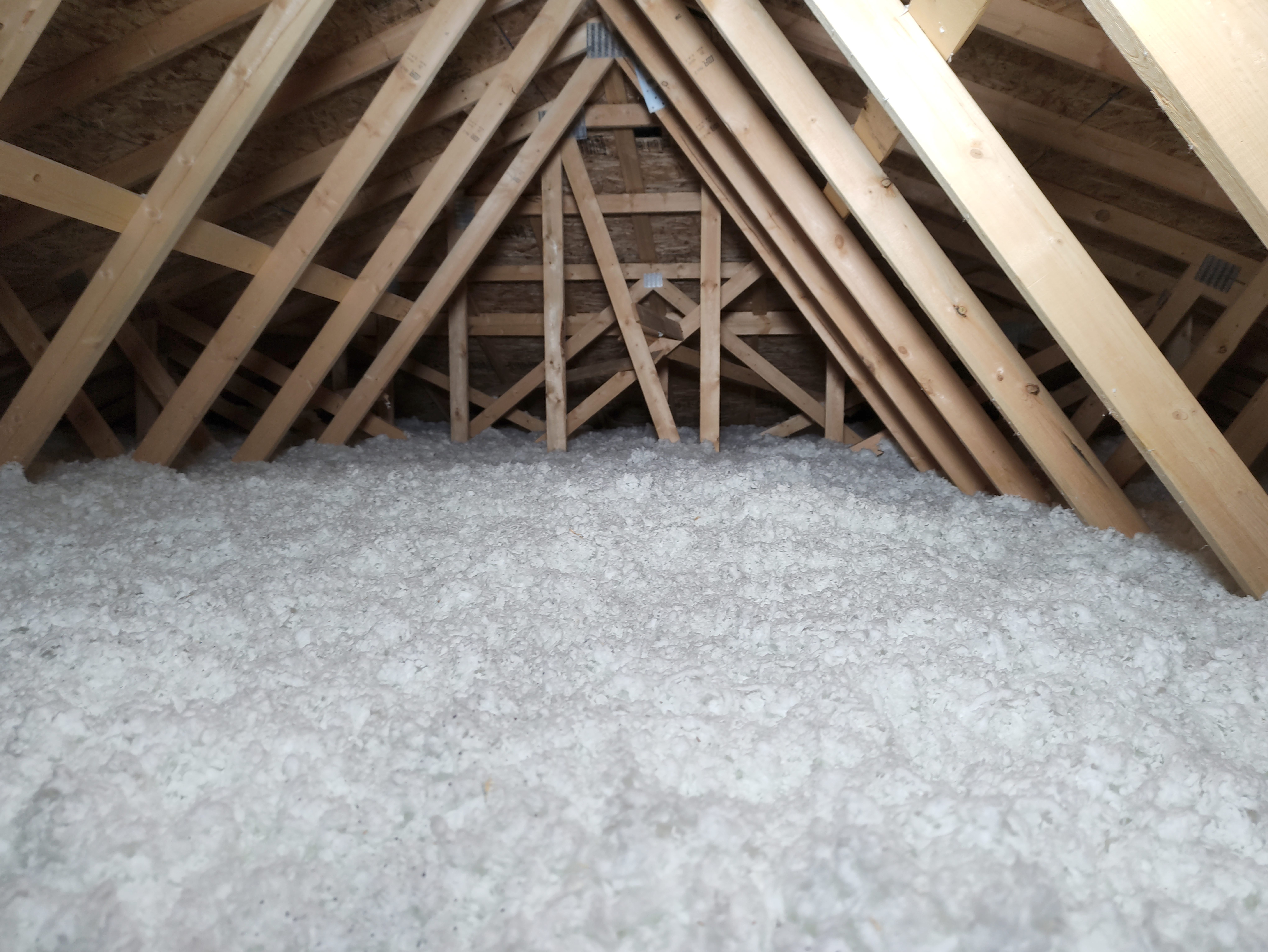Having a well-insulated attic is essential for the energy efficiency of your Bellflower, CA, home. An attic that is poorly insulated will allow hot air to get inside the conditioned parts of your home in the summer and allow the cooler air from your AC to escape. If the attic floor isn’t properly insulated, it will also lead to cold air getting inside during the winter. There are a few different options for insulating an attic. This article will explain what they are and how well each one performs to help you determine which one is the best choice for your home.
Understanding R-Value and Why It’s Important
Before we look at the different attic insulation options, it’s important that you understand how insulation performance is rated. Any type of insulation has an R-value, which rates how well it performs. This value is usually expressed in R per inch. It’s not necessary to completely understand what R-values mean or how they are determined. All you need to know is that the higher the R-value, the more effective the insulation is.
Fiberglass Batt Insulation
When it comes to attic insulation, fiberglass batts are the first thing that comes to mind for most people. This type of insulation is usually pink, and it comes in either long rolls or big pieces that are simply laid down on the attic floor in between all the rafters. While the batts themselves are relatively inexpensive, installing them tends to take longer compared to the other options since everything must be done by hand. The main drawback with this type of insulation is that it doesn’t perform all that well. Even though it typically has an R-value of around 3 per inch, it doesn’t insulate nearly as well as the other options. This is because it’s almost impossible to install it in very small spaces where hot or cold air can leak through.
Most experts don’t recommend using fiberglass batts to insulate an attic floor due to their poor performance. However, batts are a decent option if you want to insulate the underside of your roof. This is usually necessary if you want to use your attic for storage. The reason that batts are most commonly used in this type of situation is that they can be stapled to the roof trusses so that they stay in place.
Blown-In Fiberglass Insulation
This type of insulation is made from the same type of material as batt insulation. The main difference is that it’s loose and requires a machine to blow it into all the gaps in between the rafters. Blowing in the insulation allows it to completely fill in any gaps. This makes it more effective since it reduces the amount of hot air that can escape up through the attic floor and keeps the cold air in the attic trapped inside. The biggest issue with this option is that the R-value decreases quite a bit as the insulation settles. It usually starts out at around R-2.5 per inch, but then its performance tends to continually decrease over time.
Blown-In Cellulose Insulation
Blown-in cellulose insulation is generally considered to be the most cost-effective option for insulating an attic. This is because it’s relatively inexpensive and simple to install while also offering much better performance compared to blown-in fiberglass or fiberglass batts. Cellulose insulation is made from recycled paper, which makes it the most environmentally friendly choice. Boric acid is then added to the cellulose fibers to make them fire- and insect-resistant. This is yet another advantage since boric acid helps to prevent pests from nesting in the insulation. This is often a big issue with fiberglass.
Cellulose insulation has an R-value of somewhere around 3.5 per inch and loses very little of its insulating abilities as it settles. It’s also much denser than fiberglass, which makes it even better at filling in any gaps or cracks to create an almost completely airtight barrier.
Spray Foam Insulation
Spray foam insulation is becoming increasingly popular since it far outperforms all the other attic insulation options. Depending on whether the spray foam is an open cell or a closed cell design, it will usually have an insulation value of approximately R-3.5 or R-6.5 per inch. Closed-cell spray foam has the highest R-value of any type of insulation and is a great choice for places with much hotter summers or extremely cold winters. While spray foam insulation is the most expensive option, it can be worth the investment. It will have the biggest impact on improving your home’s energy efficiency. Not only does it have the highest R-value available, but it’s also the only option that can create a completely airtight barrier when installed correctly.
If you’re looking to make your home more energy efficient, Service All-Stars is ready to help. We are the top choice for attic insulation in the Bellflower area. Our team can help you decide which option is best. We can also handle all your HVAC maintenance, repair, and installation needs to ensure your air conditioning and heating are as efficient as possible. For more information or to schedule a consultation or service call, contact us today.
